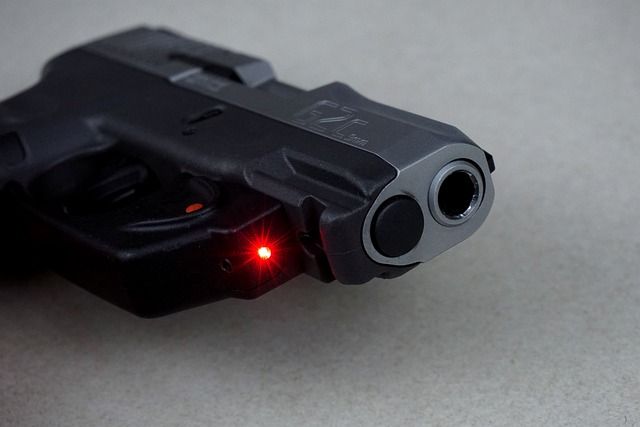Technologies that Will Shape the Military in 2023 and Beyond
Which of these technologies will change the face of warfare the most?

Warfare is constantly changing and never more so than today.
The technological age of super-computers, blockchain, satellite imagery, and smart bombs means that the discoveries being made today, will impact the outcome of battles in the very near future.
To assess this situation, here are some of the technological developments which will shape the military in 2023 and beyond.
1. Additive manufacturing and nanomaterials
For defence equipment to function better in terms of speed, capacity, and fuel usage, weight reduction is essential. When compared to conventional manufacturing, 3D printing uses significantly less material to produce components. It eases the logistical strain by lowering production costs, opening up new design engineering opportunities, as well as enabling localized, on-demand production. Moreover, it makes it easier to combine innovative materials for armour, self-heating military gear, and ammunition.

A key part of 3D printing innovation is the inclusion of nanotechnology.
For example, the application of nanomaterials into armour enables reduced weight while still improving stopping power. As nanomaterials can also add properties of thermal and electrical conductivity, body armour could also be designed that acts as a source of heat or cooling in extreme climates. Additionally, sensors could be added that provide medical units real time information on the condition of individual soldiers, as well as providing in-built communication systems and self-healing armour.
To learn more about nanotechnologies involvement in body armour read: How Carbon Nanotubes Can Improve Kevlar Technology or Body Armour - The Nanotechnology
One commercial enterprise conducting cutting-edge research into the application of nanomaterials into polymer raw materials is the Czech-based Polymer Nano Centrum.
Fitted with state-of-the-art equipment, the company’s newly constructed Nano Centre on the outskirts of Prague is intended for advanced research and development in the field of polymers at the nano level. Acquired technologies allow the company to modify a polymer’s properties to impart new characteristics such as added strength, increased stopping force of a projectile, UV protection, reduced weight, and more.
To learn more about what nanomaterials can do for polymer development visit Polymer Nano Centrum or contact info@polymernanocentrum.cz.
2. Artificial Intelligence
AI is most commonly used in defence systems for improving the tasks of intelligence, surveillance, and reconnaissance (ISR).
This is because it is still preferred if the actual firing of weapons is performed by a human – however remote from the battlefield. Whereas AI is highly adept at identifying targets and in assisting service personnel in distinguishing civilians from soldiers. In this way, AI has been given the primary goal of semi-autonomous weapon systems and equipment safety management with computer vision to reduce civilian and friendly-fire casualties.

AI is also used to provide predictive maintenance for military hardware, as well as in creating self-organizing intelligent systems that cooperate in the direction of a strategic goal utilizing swarm computing.
There are a number of companies that are developing AI-based decision-making engines. Intelligent machines which can provide support to armed forces, such as giving ground vehicles complete and automated situational awareness to detect and classify potential threats.
3. The Internet of Military Things (IoMT)
Connecting all devices in the civilian world is a long-term plan for many in the technology sector. Having a car send an alert message to the mechanics if a fault is occurring or having a refrigerator re-order milk as needed is a level of data sharing aimed at streamlining operations.
Military researchers are now working on developing a similar optimal performance across all parts of a combined force. In this way, tanks, ships, satellites, drones, infantry, medivac helicopters, and command centres are all interconnected using cutting-edge computing and 5G support for a smooth flow of data and response.
The US-based start-up Espre Technologies is developing a Network in Network (NIN) Communication system with chipsets broadcasting wireless digital encryption of data between all parts of the battlefield. Blockchain technology could also be used to ensure security of data.

It is crucial to understand that new disruptive technologies are causing the landscape of war to change exponentially. AI, intelligent systems, and lethal autonomous weapons are key components of both offensive and defensive military capabilities.
The military has always been a leader of technology and innovation. Gaining a competitive advantage requires early adoption of new prospects and developing technologies, as an army or business leader knows.
If you would like to learn more about this topic read: Even More Technologies that Will Shape the Military in 2023
Photo credit: Thisisengineering on Pexels, NegativeSpace, FreePik, & Mike Gunner on Pixabay

